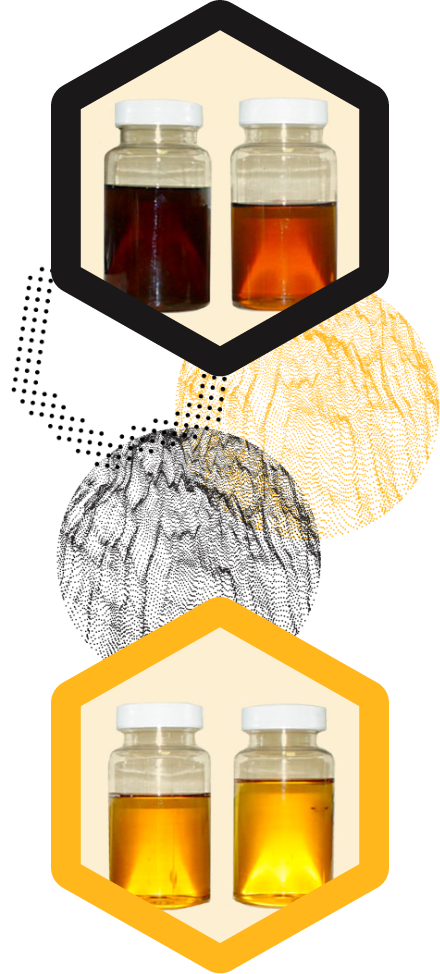Four Simple Ways to Leverage Oil Analysis Data to Drive Informed Decisions

1. Supply new oil samples for all oil brands annually.
Many test results are meaningless without accurate baseline values from new oil samples. Since oil formulations evolve over time, these base lines should be updated regularly.
2. Establish normal benchmarks for your application and oil type, so that abnormal values can be flagged.
It is critical to understand the normal operating range of your lubricants so you can flag deviations according to your own benchmarks.
3. Calculate the year-over-year changes in key oxidation related tests.
The ASTM tests: MPC, RPVOT, LSV and FTIR, are essentially reporting historical oxidation or its inverse. For example, a Frame 7EA gas turbine using a particular brand of lubricant should have the same year-over-year change as another identical unit operating with the same oil. You can use this data to predict when an oil change is expected to occur years before it is required or to compare the performance of one lubricant brand over another.
4. Add specialized testing for super-critical applications that will identify and prioritize problem areas.
Routine EHC fluid testing results are often measuring less than 10% of the contamination in the fluid.




